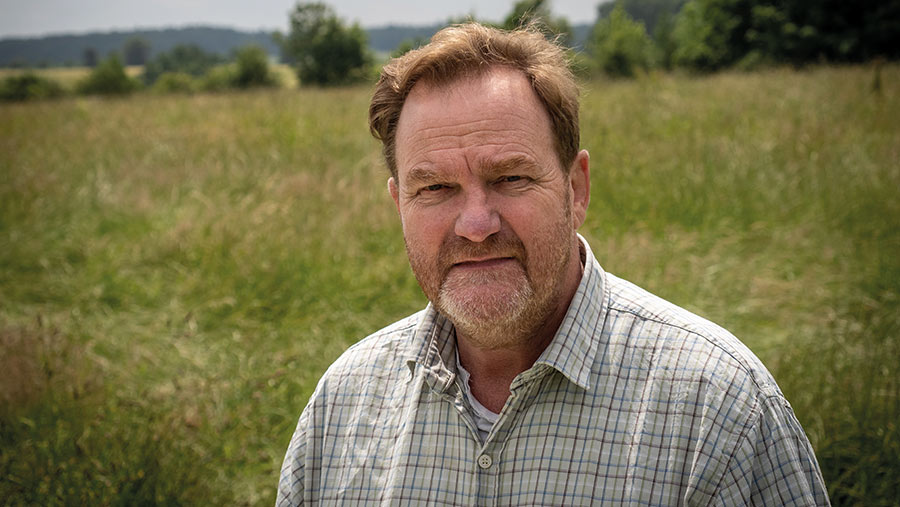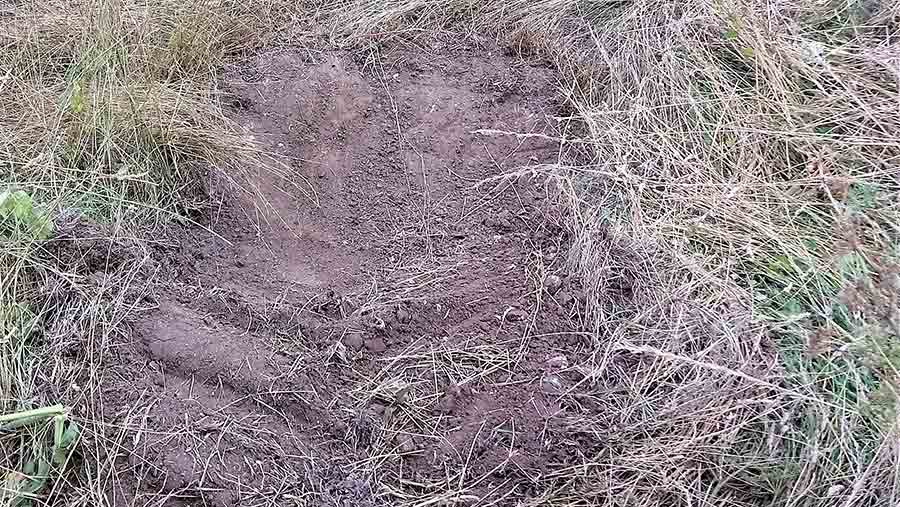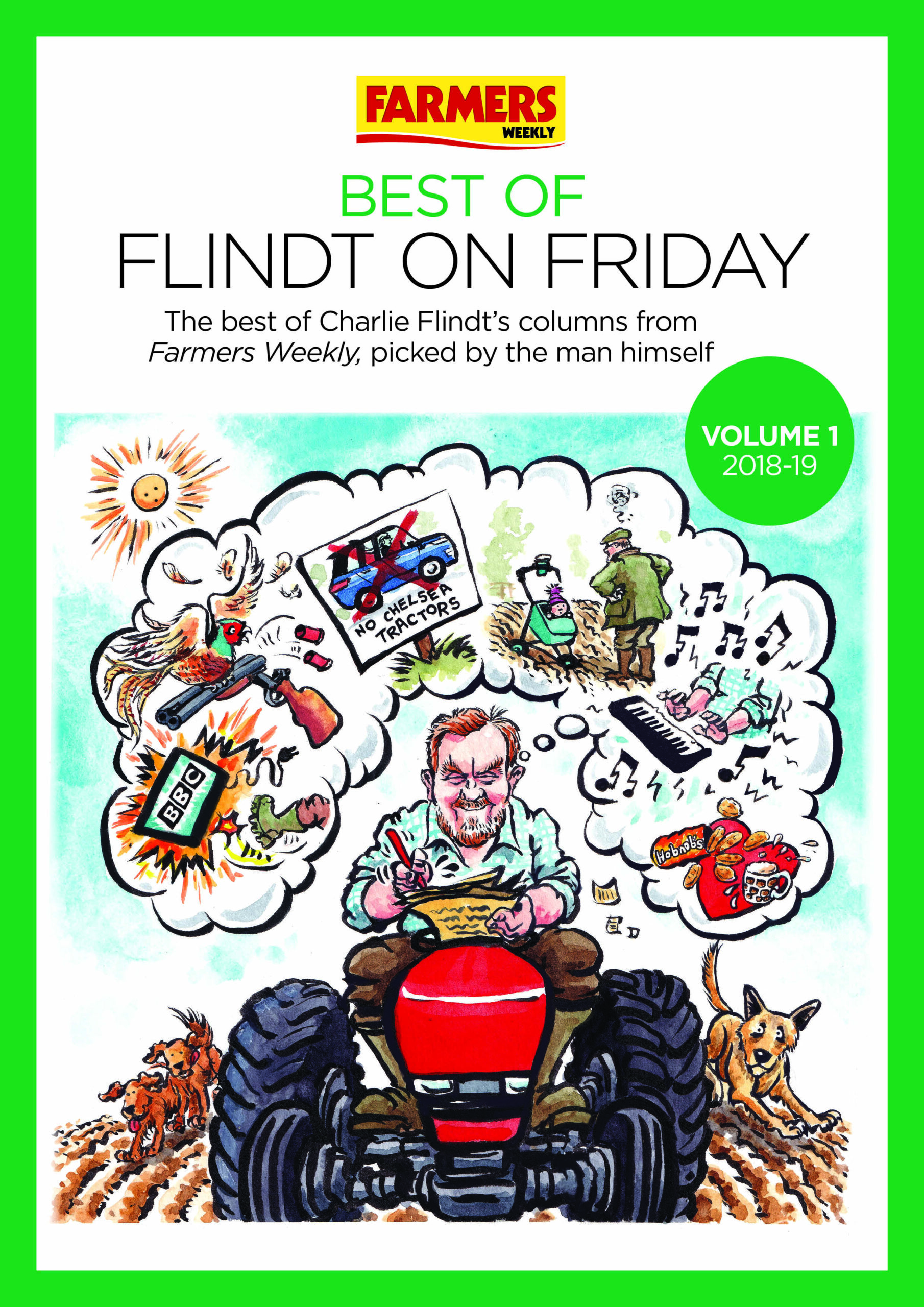Flindt on Friday: Eureka moment in a wildly bouncing Tucano
 © Kathy Horniblow
© Kathy Horniblow “The good news,” I said to myself as the combine bounced up and down in the Joan’s Acre gateway at a curiously precise 3Hz, “is that this will surely win me an Ig Nobel Prize.”
You see, of all the many awards I’ve managed to avoid winning, the one I’d really like is an Ig Nobel Prize. You may not have heard of them.
They were started back in 1991 as an irreverent spoof of the much more famous Nobel Prizes, handing out awards for weird and outlandish academic research.
See also: JMT’s 33-strong used Claas combine fleet in high demand
Everything from A Study of the Effects of Water Content on the Compaction Behaviour of Breakfast Cereal Flakes (1995) to Are full or empty beer bottles sturdier and does their fracture-threshold suffice to break the human skull? (2009)
Farming features surprisingly often: An analysis of the forces required to drag sheep over various surfaces, (2003) and (one for the regen team), Excitation of Faraday-like body waves in vibrated living earthworms (2020).
Losing my grip
My bit of (admittedly unintentional) scientific research started when we were doing a long move with the combine, all the way from Pipeline Field to Joan’s Acre.
The header was off, and we were just doing the final yards. Noel had driven into the wheat and backed up, positioning the header trailer perfectly. I dropped a gear, dropped the revs and crept up the entrance bank.
The combine’s right front wheel met the only patch of green grass in England, and started to spin. There’s no diff lock or 4wd, of course, so it kept spinning, digging a nice little curved trench for itself. Time for rethink.
This time I went up a gear and dropped the engine to idle (something to do with minimising torque at the soil/tyre interface) and tried again.

The combine oscillating structure in Joan’s Acre © Charlie Flindt
It gripped briefly, up out of the little ditch went the combine, grip was lost, down went the combine, grip was regained – and away we went. Boing, boing, boing. Frequency 3Hz, amplitude of oscillation a good three or four inches.
Inside the cab it felt a lot more than three or four inches, and it was chaos. Stuff was flying about: Makita leaf blowers, batteries for Makita leaf blowers, apples, apple cores, glass cleaner, old T-shirts, wet wipes (unused, luckily) and tools (“I’ve been looking for that!” I thought, as a Torx screwdriver shot past my nose). It was all I could do to get the control lever back to neutral and stop the mayhem.
Shaken, not deterred
Once Noel had stopped laughing (at one stage I thought I was going to have to offer him a wet wipe) he saw me back out off the bank, and choose a more angled approach.
Even that wasn’t without risk, as Noel put one long leg in an overgrown anti-hare coursing ditch and all but went head over heels. My turn to laugh and point.
We made it up the bank this time, got hitched on to the header and away we went, at last – with a combine that now looked like it had had a back-to-front blow-off.
Every single bit of dust, chaff and awn had been shaken off the Claas and was sitting squarely in the Joan’s Acre gateway.
As I set off round the headland, I was already preparing my solemn and serious submission to the Ig Nobel organisers: An investigation into whole-body low-frequency vibration of agricultural harvesting machinery and how it affects dust removal and rediscovery of lost tools.
If that doesn’t get me to Harvard University to collect a long-overdue prize at the next awards ceremony, then nothing will.

